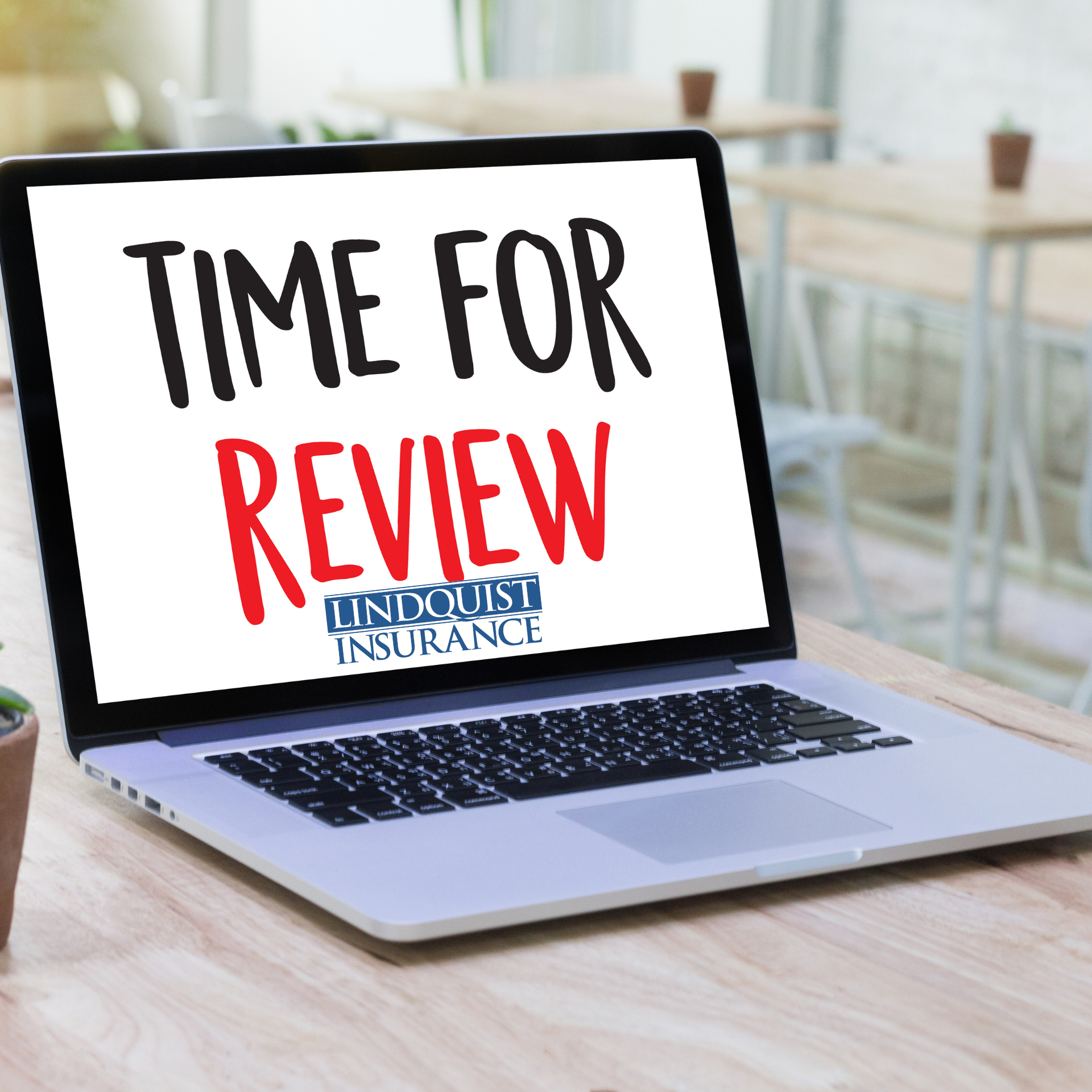What to Know Before Buying a Minivan
Thinking of making the transition to a minivan? You’re in good company. Keep reading for answers to these common questions to find out if the minivan lifestyle is right for you.
We bought our first minivan in 2017. When signing the paperwork, I knew my my single, 22-year-old self would have shed a tear.
But I was determined.
Our son was about 18 months old, and we knew we wanted more kids. With our families living an hour or more away, trips to visit grandma and grandpa usually included bags upon bags upon portable cribs upon the favorite toy(s) of the moment. And thanks to my aversion to flying, family vacations became lengthy road trips where we packed everything but the kitchen sink.
My sedan didn’t seem to fit what we needed from a vehicle anymore. So, for my family, buying a minivan was one of the best investments we ever made.
It’s been the same for many others since Chrysler released the first minivans in 1983. Ever since, these reliable kid and cargo movers have remained fixtures of American roadways and school pickup lines, even when the minivan market took a hit with the introduction of SUVs.
Thinking of making the transition to a minivan? You’re in good company. Keep reading for answers to these common questions to find out if the minivan lifestyle is right for you.
IS IT TIME FOR A MINIVAN?
This is a journey that starts with a little self-reflection. Ask yourself questions like:
- How many people do I drive (or will I be driving) on a regular basis?
- Do any of these passengers come with extra luggage? (We’re looking at you, strollers and soccer bags.)
- Do I have enough storage space in my current vehicle? If I don’t, how much more would I like?
- How often do I (or does my partner) have to borrow a larger vehicle to transport large items like furniture, recreational equipment or the gear for my kid’s little league team?
- When passengers ride in my current vehicle, do they feel uncomfortable or “crammed in”?
In short: If you’re feeling tight on space and want to haul groups and gear in comfort… it may be time for a minivan.
WHAT ARE THE PROS AND CONS OF OWNING A MINIVAN?
Pros:
- Sliding doors: For many models, you can use your key fob to open and close them, as well as the back hatch, hands-free. This means less juggling of kids and bags every time you need to open a door. You’ll also save other vehicles from door dings as your children climb in and out of the van in tight parking spaces.
- Space: If you need more room, minivans are a clear choice. They’re a good option when it comes to hauling day-to-day items like groceries, sports equipment and (of course) people. But they also are a smart pick if you transport things like tools or building materials that you want to protect from the elements.
- Accessibility: Minivans have low floors, which makes it easier for people ‒ and any canine companions ‒ to enter and exit. It also makes it easier to load.
- Versatility: With options to stow or remove seats, you can configure the inside of your minivan to fit whatever cargo you’re hauling. So if you have a few kids with you and you need to pick up the new sink and toilet that you ordered for your bathroom remodel, there’s room for everyone.
- Style: Nope – not a typo. Features like leather seats, full-car entertainment systems and sleeker designs are a far cry from the boxy models you probably rode around in as a kid.
Cons:
- Fuel economy: If you currently drive a sedan, expect to pay more at the pump with a minivan. While strides have been made in recent years to improve gas mileage, they still won’t get as many MPGs as a smaller vehicle or a hybrid SUV (more on that later).
- Choice: Unlike the deluge of available SUVs, the minivan market has a much slimmer offering. (There are currently six 2021 model year minivans on the market). But, with fewer choices to wade through, it could make it easier for you to pick. And remember that buying used is always an option. (See also: Is It Better to Buy a New or Used Car?)
- Size: The extra space and storage is a draw for these vehicles. But, they’re definitely bulkier than a sedan or even a small or midsize SUV. Navigating through tight spaces like parking garages or narrow streets with even smaller parking spaces can be tricky.
SUV VS. MINIVAN: WHICH SHOULD I BUY?
When sport utility vehicles (SUVs) and crossovers (CUVs) burst onto the market, their popularity soon eclipsed that of the dependable minivan. Given the sheer number of options, it’s easy to imagine why. But how do the two really compare? It depends on your unique needs and preferences.
Car and Driver magazine and U.S. News & World Report both took a look at how minivans stack up against their three-row SUV counterparts. Here’s what they found:
- Cargo space: Not only can the seats in minivans be removed or stowed away in the floor, but behind the third row is a deep well for stowing your cargo. So you can easily have a vehicle full of people and still have more than 30 cubic feet of storage space. While there are a number of large SUVs, such as the Chevrolet Suburban, that offer considerable storage space, minivans take the lead once the seats are folded or removed. Winner: Minivan
- Room for passengers: While the seating arrangements inside minivans and three-row SUVs are similar (two bucket seats up front, a three-person bench seat in the middle and another three-person bench seat in the back), minivans have an edge here, too. They have lower floors (sacrificing ground clearance in the process) and more legroom than their SUV counterparts, touting more than 15 additional inches of space. Some minivans also come with bucket seats in the second row. While this may sacrifice space for another passenger, it does offer more room to stretch out. However, if that extra seat is important to your needs, then you’ll need to weigh the options. Winner: Minivan
- Towing: SUVs definitely rank first in this category. The highest towing capacity for any minivan is 3,600 pounds ‒ and for many makes and models it’s even less. So if you’re planning on transporting anything sizable like a travel trailer or a boat, especially if it’s across any large distance, an SUV would be your vehicle of choice. (If you’re planning on hauling and towing heavy loads on a regular basis, a pickup truck is another option. Check out 7 Things to Consider When Buying a Pickup Truck.) Winner: SUV
- All-wheel drive: While only one or two minivans offer this feature, most makes and models of SUVs can be equipped with all-wheel drive, whether it comes standard or at an additional cost. So if you frequently drive on a rough roadway or through inclement weather, it’s something to consider, as an SUV is likely to have better handling. You definitely won’t want to do any off-roading in a minivan. However, adding snow tires can make a huge difference when it comes to winter traction. Winner: SUV
- Visibility: While both SUVs and minivans can come equipped with features like lane safety technologies and blind spot detectors, SUVs ride higher off the roads than minivans and provide better visibility. Winner: SUV
- Fuel costs and economy: Minivans tend to have better fuel economy ratings than SUVs. (Learn what “good gas mileage” means in this related post.) But there are more fuel-efficient hybrid SUVs to consider, and only one hybrid minivan currently on the market. Hybrid vehicles do tend to cost more than their gas-powered contemporaries, though, so do your research to see if you’ll break even or come out ahead with the money you save at the pump. Winner: Tie
- Bells and whistles: Navigation systems. Video screens that drop from the ceiling or reside in seat backs. USB ports. Surround view cameras. Wireless technology. Satellite and HD radio. All of these features ‒ and much, much more ‒ can come equipped in both minivans and SUVs depending on the trim package. Winner: Tie
- Price. Minivans tend to come in at a lower MSRP than three-row SUVs. And that gap widens when comparing the cost difference of top-tier trim packages available. Winner: Minivan
WHAT IS THE BEST MINIVAN?
The “best” minivan for you will depend on what’s the best fit for your (and your family’s) priorities from the list above.
Cost tends to be a consistent factor when buying any vehicle. If the purchase price of a new minivan doesn’t fit your budget, consider looking into buying used.
Consumer Reports says that a well-maintained “modern” minivan can be driven for up to 200,000 miles ‒ or maybe even more. The company recommends that you do your homework to find a brand that has a proven track record of reliability.
Whether you’re looking at new or used, make sure you factor in safety. The Insurance Institute for Highway Safety (IIHS) recently named the 2021 Honda Odyssey a 2020 TOP SAFETY PICK+. The Toyota Sienna, Honda Odyssey, Chrysler Pacifica and Voyager, and the Kia Sedona also topped Kelley Blue Book’s list of Best Safety Rated Van/Minivans of 2021.
The IIHS also suggests that you look up your potential minivan on the National Highway Traffic Safety Administration (NHTSA) website to make sure it doesn’t have any outstanding recalls. Learn what to do if your vehicle is recalled.
WHY IS IT CALLED A MINIVAN?
A “minivan” is simply a small passenger van. The phrase was first coined in 1959, even though (oddly enough) minivans as we know them today didn’t hit the market until 1983. The term helps distinguish these family-oriented vans from the full-size 12- and 15-passenger versions that are still on the market today.
ARE AUTO INSURANCE RATES HIGHER OR LOWER FOR MINIVANS?
When it comes to calculating car insurance rates, every vehicle is rated individually ‒ regardless of make or body style. These rates reflect a vehicle’s unique characteristics and safety features, as well as the cost of maintenance and repairs. So while there’s no general rule that says minivans cost more or less to insure, safer vehicles do often come with lower insurance premiums. That holds true for all vehicle types with high-tech safety features like camera systems, anti-theft devices, crash warning systems and lane deviation systems.
INSURANCE FOR NEW MINIVANS
It’s true: Your new vehicle will lose some of its value the minute you drive it off the lot. But that doesn’t mean your insurance coverage should, too.
For just a few extra dollars per month, this auto insurance add-on can protect your new ride. If your new car1 gets totaled, ERIE will pay you the cost to replace it with the newest comparable model year (minus your deductible). (And if you’ve had your car longer than two years, ERIE will pay the cost to replace it with a comparable model that is up to two years newer and up to 30,000 fewer miles than the current mileage of your car, minus the deductible.)
Learn more about auto insurance from ERIE or get a quote from a local agent to see the ERIE difference for yourself.
1) Vehicle is considered new when less than two years old. Eligible vehicles must carry both comprehensive and collision coverage and replacement value will be based on a comparable model. The endorsement is sold on a per-vehicle basis, not per policy, and contains the specific details of the coverages, terms, conditions and exclusions. Please note that New Vehicle Replacement and Better Vehicle Replacement do not apply to leased vehicles; only the Auto Lease/Loan Security Protection applies to leased vehicles. When payment is made under new vehicle replacement or better vehicle replacement, auto lease/loan coverage will not apply. Coverage does not include items such as overdue payments and carry-over balances from previous leases/loans, etc. Coverage is not available in all states. Insurance products are subject to terms, conditions and exclusions not described here. Ask your ERIE agent for details.

FREDERICK, MD LOCATION
Regus Office Complex
1910 Towne Centre Blvd, Suite 250
Annapolis. MD 21401
Park in the North Garage -
3rd floor walk across the skyway bridge into suite 250.
Our office is #220 - Lindquist Insurance within the main reception area.
(443) 837-3200









Share On: